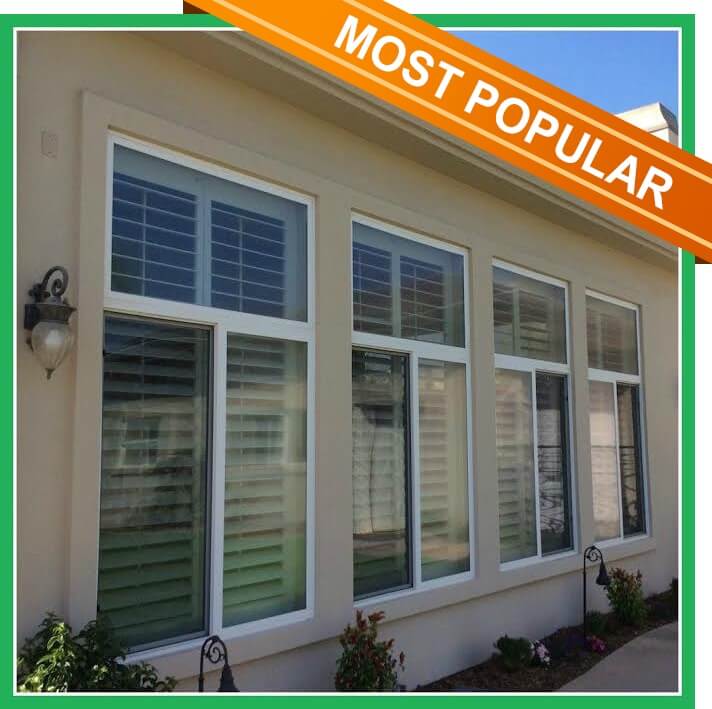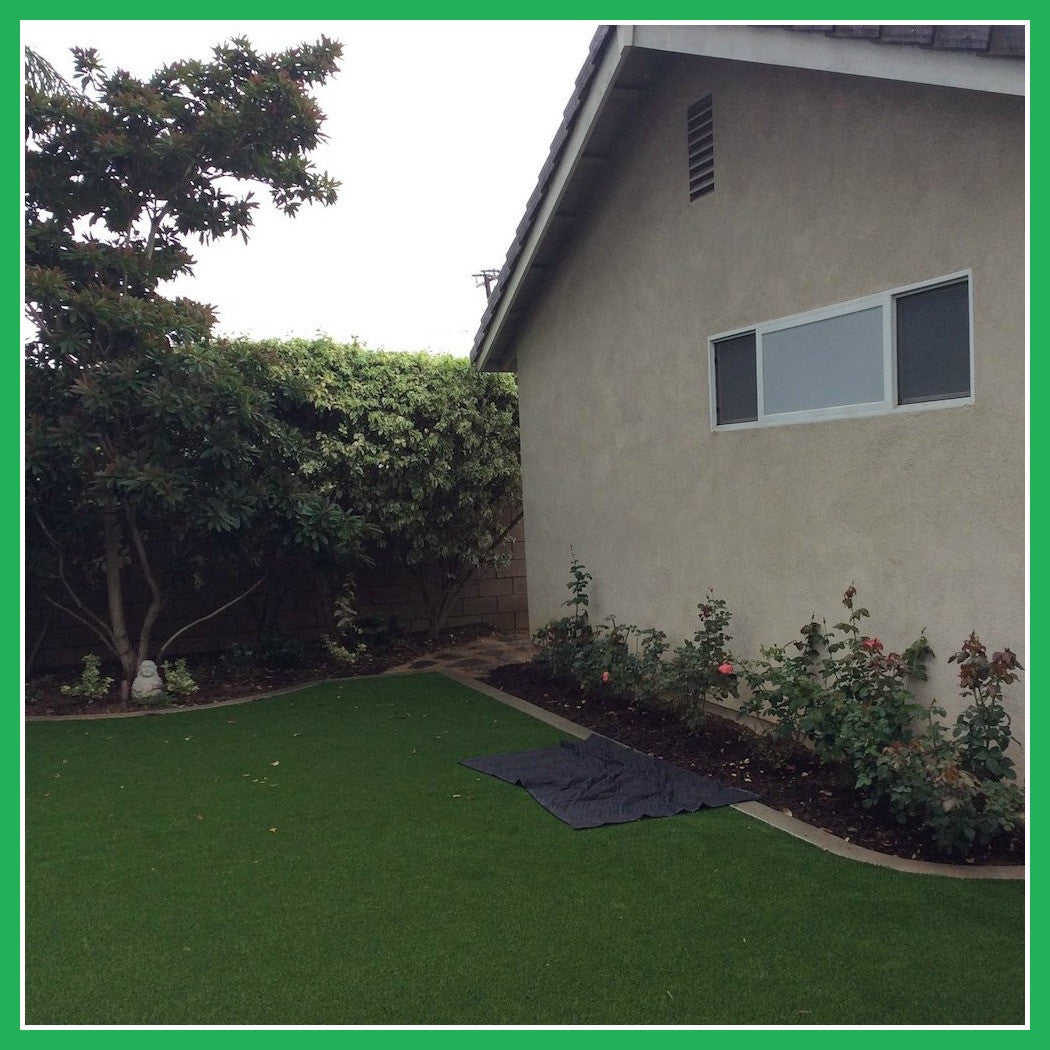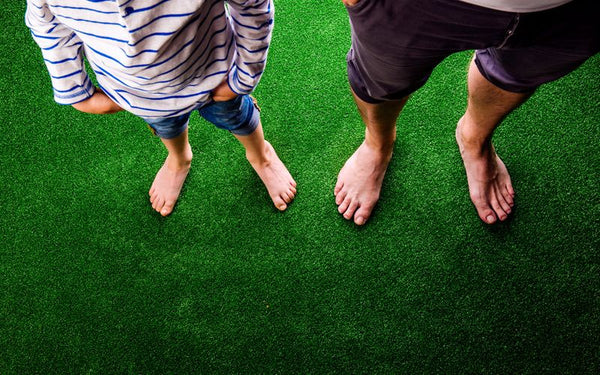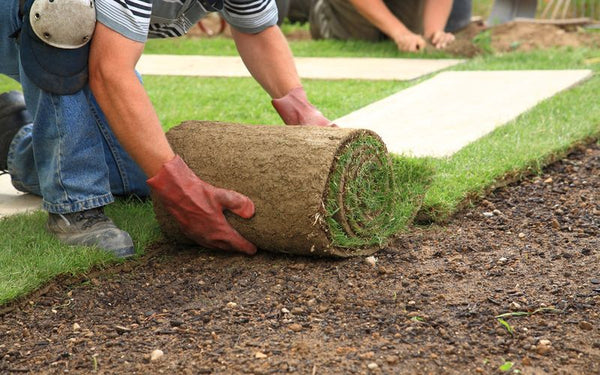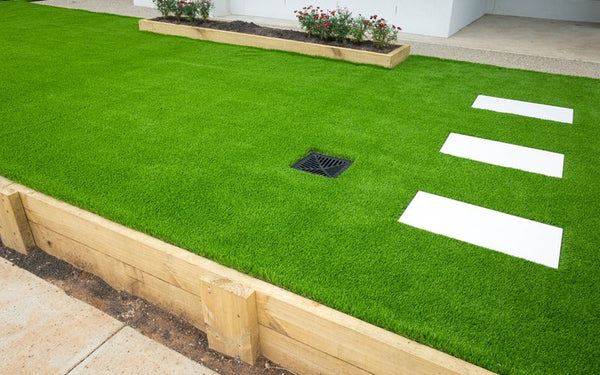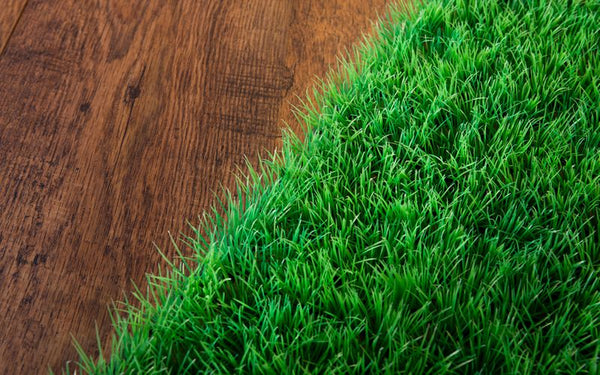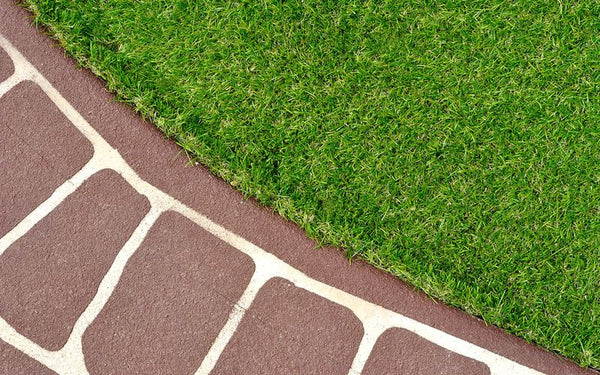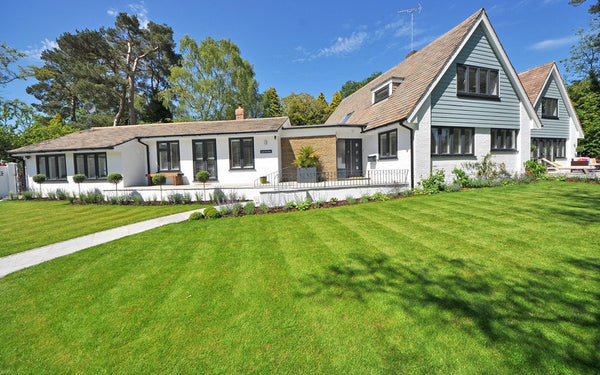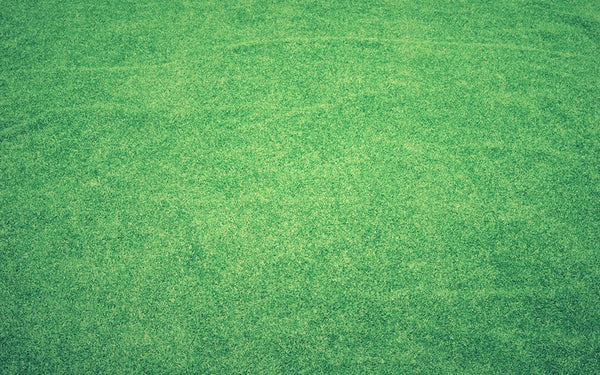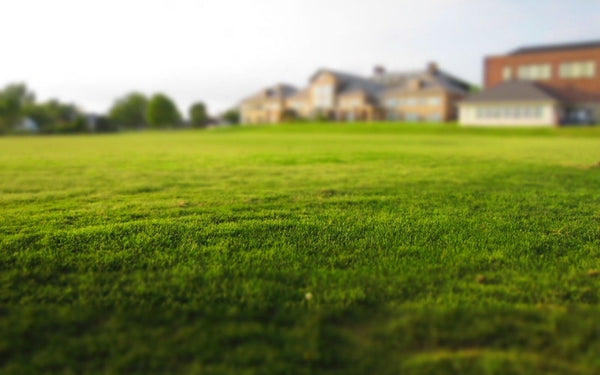Artificial turf has long been one of the most popular landscaping products to have ever existed. Research on the manufacture of long-lasting synthetic turf that can withstand the elements – particularly the harmful UV rays of the sun – have made great strides since the first patch of artificial turf was rolled out. Still, turf melting is one of the most significant turf problems artificial turf owners have to deal with. In this article we’ll give you the top turf maintenance tips to prevent any future instances of turf burn that might occur.
Windows are notorious for having such intense glare that they’re able to melt certain objects from an impressive distance away. On a day of sufficiently high temperature, a car’s tires could get blown out just by being shone on by window glare.
Artificial turf isn’t exempt from the harmful effects of window glare, which causes it to melt and makes for an unsightly appearance. Since plastic is the chief component of synthetic turf, reflected heat from glazed windows can melt it in a matter of minutes.
The main culprit is a type of window that uses “Low-E” glass, which only lets light into the house, but reflects all of the solar heat outward. However, turf melting due to reflected heat isn’t limited to just windows, but also metal panels and even the polished surfaces of barbecue grills can give your turf that ugly melted appearance. In order for you to not struggle with the dilemma of how to fix burnt grass, a little preventive maintenance is necessary.

How to Prevent Turf Burn
Now that you know the prime causes of turf melting, it is now time to learn how to prevent your turf from suffering the damaging effects of reflected heat.
Be Wary of the Temperature Outside Your Home
In order to find out if your windows or other reflective surfaces are causing damage to your turf, it is best to assess the situation in the time of day when the temperature is at its hottest. When you’ve determined which parts window glare can cause turf melting on, take a thermometer and check the temperature of the spot where the window glare focuses. Installation of window screens and window film and the application of reflective paint is advised when the temperature recorded is greater than or equal to 65 degrees Celsius (150 F).
Consider Applying Window Films
You may have heard that one famous solution other people do when they experience turf melting is applying perforated window films. These type of films block the UV rays that are reflected from your windows and onto your artificial grass. It has become well-known not only because of its effects, but also because of its convenience when it comes to installation. Aside from that, it is also budget-friendly.
Do you think that this might be the solution to your melting turf problems? Then visit our website and check out the Turf Guard Window Film.
